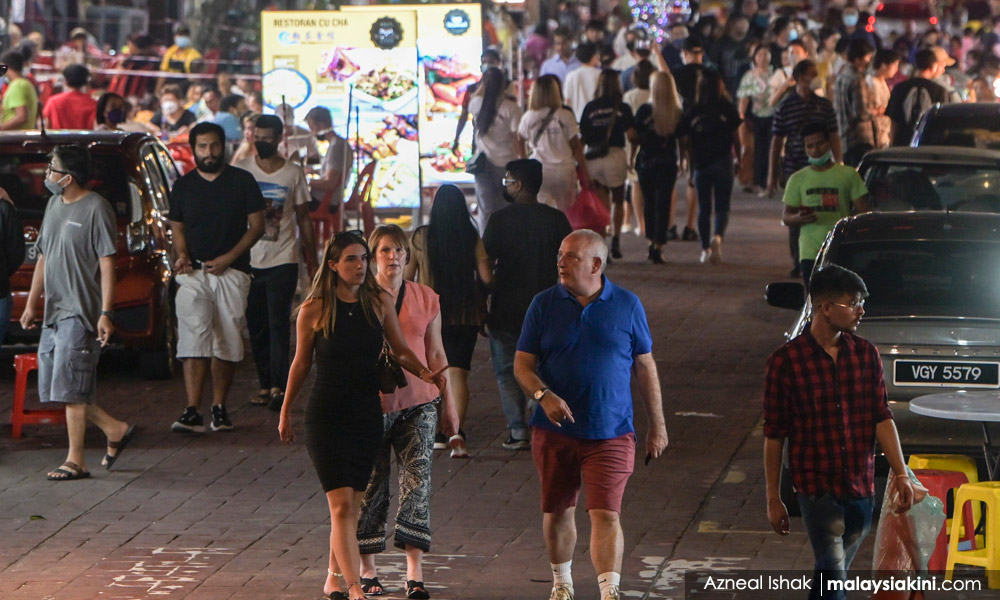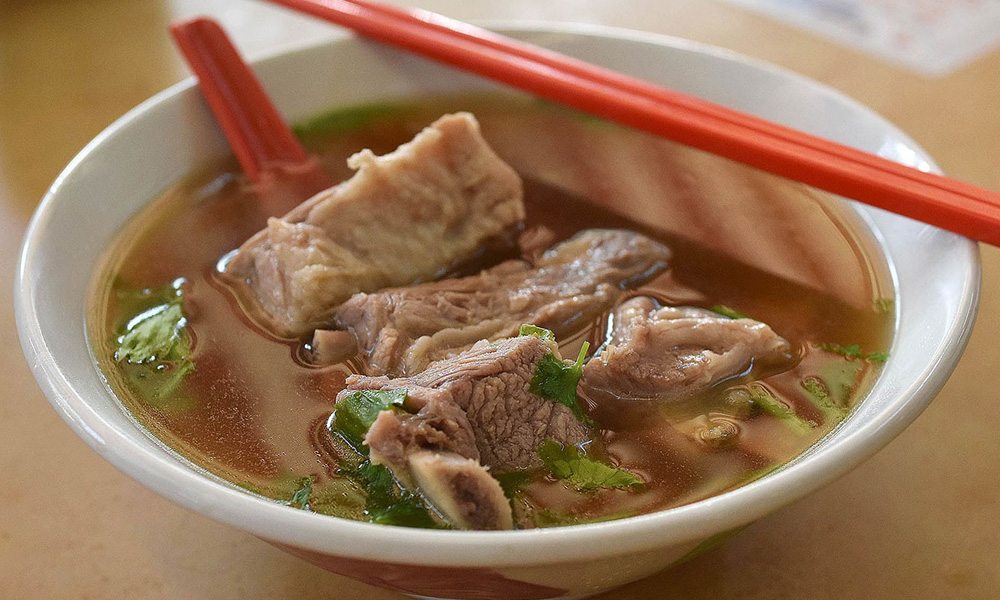LETTER | Myopic to see Visit Malaysia Year 2016 as standalone event
LETTER | I am prompted to write this piece after reading media reports of an MP criticising the Tourism, Arts and Culture Ministry in the Dewan Rakyat over what she perceived as a lack of preparations for Visit Malaysia Year 2026 and other matters.
If Visit Malaysia Year is a standalone event for an entire year, then planned tourism activities will start with a bang on Jan 1 and cease totally after Dec 31.
However, tourism cannot remain dormant or even be stagnant and then suddenly, everything can start falling into place overnight.
The benefits of staging Visit Malaysia Year are not just for 2026 only but also for the years leading to it and the period after.
It is aimed at drawing more tourist and excursionist arrivals but more importantly,, tourism expenditures by foreigners and boosting domestic tourism in the process.
I have been following and writing regularly about tourist arrivals to Malaysia for a long while. Some time ago, I projected that numbers would reach 10 million in 2022, 18 million in 2023, 24 million in 2024, 30 million in 2025, 36 million in 2026 and 42 million in 2027.

In contrast, the initial target set by the ministry was two million for 2022 but in June it was revised to 4.5 million.
The year ended with 10,070,964 tourist arrivals, very close to my projection. The average of 1.5 million arrivals per month in the last quarter of 2022 continued into 2023.
In June 2023, Deputy Tourism, Arts and Culture Minister Khairul Firdaus Akhbar Khan said the ministry is confident of achieving the target of 16.1 million tourist arrivals for the year.
As it turned out, Malaysia received 20,141,846 tourist arrivals and 8,822,462 excursionist arrivals in 2023.
In February last year, Prime Minister Anwar Ibrahim was provided with figures to declare that the next Visit Malaysia Year would be in 2025 and a target of 23.5 million tourist arrivals.
However, in October, he announced that it has been set for 2026 and the target increased to 26.1 million.
Less than three months later and during the launch of Visit Melaka Year 2024 on January 1, Tiong King Sing said the ministry is now targeting 35.6 million foreign tourists and RM147.1 billion in tourism expenditures for Visit Malaysia Year 2026.
Big business
Therefore, answers to some of the questions raised by the MP in Parliament have already been made known to the public and reported by the media. She had asked - “What is the number of foreign tourists we plan to attract and how much revenue will we collect?”
Tourism is a gargantuan business and industry players are focused on current income and cash flows to continue with operations, and profits generated to be used for the expansion of services.
However, if they are unable to sustain this year or the next, it will be pointless to hype Visit Malaysia year 2026.
As we already had four “Visit Malaysia Years” in 1990, 1994, 2007 and 2014, plus the aborted one in 2020 but with full preparations in place, the ministry can easily draw from its archives and reconfigure what is more suited for 2026.
It is important to know that many things that have worked well in the past are no longer effective and these include costly “syiok sendiri” exercises like launches and sloganeering local authorities are fond of but are meaningless and even bothersome to potential visitors.
In any case, there should be timely releases of our plans for VMY 2026 as early announcements without follow-ups will render them becoming stale over time.
A strategic approach is necessary as neighbouring countries, being our fiercest competitors, are also watching closely.
It will backfire when politicians try to score brownie points such as harping on bak kut teh being listed as a national heritage food.

Lest we forget, more than half of all visitors to Malaysia have Chinese roots - including those residing in Singapore, Indonesia, Thailand and China.
These four countries alone accounted for 14,441,791 or 72 percent of the 20,141,846 tourist arrivals for last year, not including Taiwan and the millions of Chinese diaspora spread around the world such as in the US (much more than those in Singapore), Canada and Australia.
‘Teh’ is the Hokkien word for tea or herbal soup that can use any or without meat as served in vegetarian restaurants. I fancy the type using fatty meat with a dark soupy gravy but not the new dry version or the more common soup variety or with pepper as popular in Singapore.
It was astute to promote bah kut teh as our national heritage food. It is also impossible to please everyone.
Granted, many people do not eat pork or beef and vegans abstain from meat. However, gastro-tourism is an appealing, authentic and memorable experience enjoyed by many visitors.
Our country has been a highly popular tourist destination due to our cultural and food diversity.
Embrace new ideas
“Malaysia Truly Asia” was more than just a slogan, but this can be lost among those indulging in political rhetoric non-stop or those used to superficial sloganeering.
For Visit Malaysia Year 2026, we should continue with the theme meant for 2020, and that is “Visit Truly Asia Malaysia”.
An easily recognisable logo can be used but a mascot is unnecessary, such as a Proboscis monkey with its large fleshy nose that was chosen for 2014.
Before the advent of smartphones, people had time to watch lengthy promotional videos or listen to theme songs. Today, the attention span is short as users scroll their phones aimlessly in search of short video clips, consuming a voluminous amount of superficial information daily.
Therefore, most promotional efforts do not reach targeted audiences, as people suffer from information overload and instinctively shut off whenever they come across advertisements.
Although promotional efforts make us feel that much has been done, they are far from enough.
We should always be mindful of foreign tourists’ top sources of information on Malaysia, and they are from friends and relatives who have visited Malaysia (94.4 percent), their own experience (85.1 percent), internet (74.4 percent) and friends and relatives living in Malaysia (53.2 percent).
This has resulted in an uneven distribution of foreign tourists to Malaysia as most visitors avoid less friendly states and head towards those that are more welcoming.
Ultimately, it is the warmth and friendliness of our people (Mesra Malaysia) that draws foreigners to our country.
YS CHAN is a master trainer for Mesra Malaysia and Travel & Tours Enhancement Course as well as an Asean Tourism Master Trainer. He is also a transport and training consultant and writer.
The views expressed here are those of the author/contributor and do not necessarily represent the views of Malaysiakini.
RM12.50 / month
- Unlimited access to award-winning journalism
- Comment and share your opinions on all our articles
- Gift interesting stories to your friends
- Tax deductable
